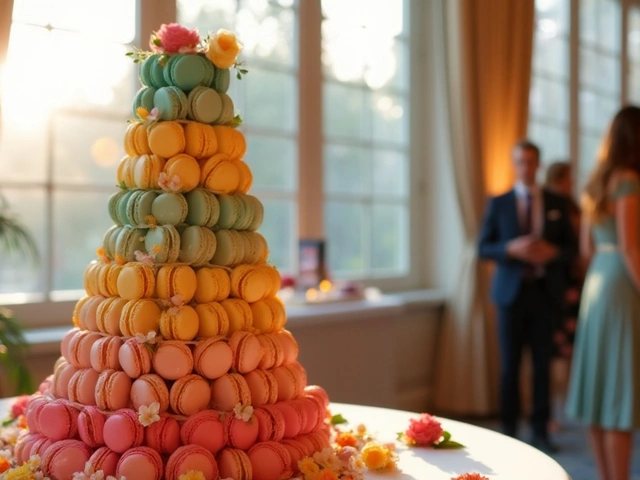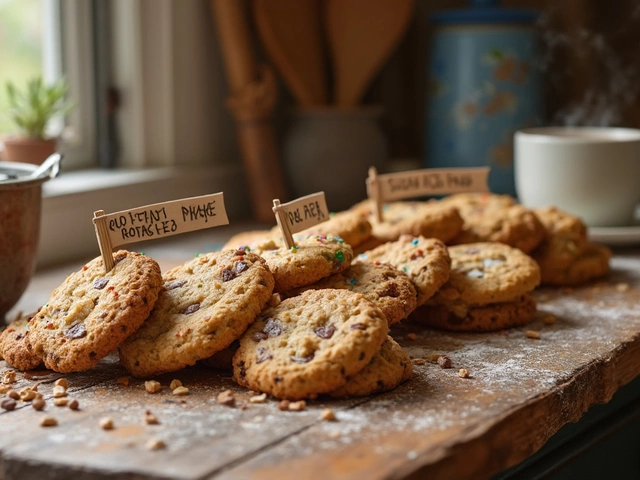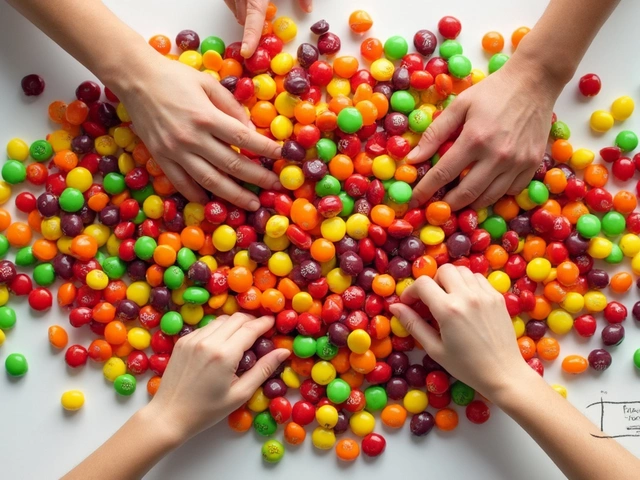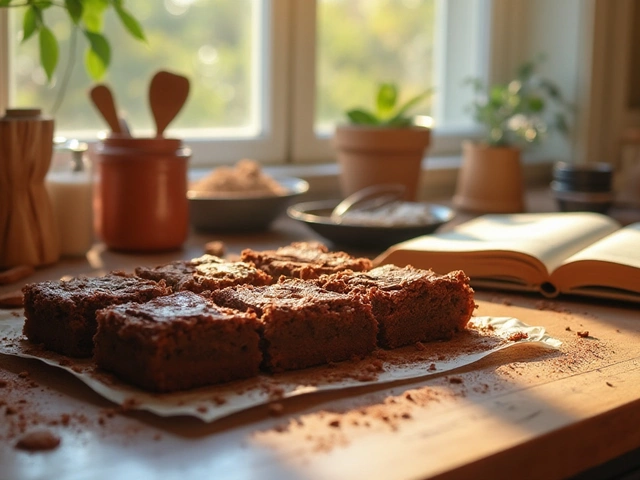French Pastries Made Simple: From Croissants to Éclairs
If you’ve ever bit into a buttery croissant or a creamy éclair and thought, "I could do that," you’re in the right place. French pastries may look fancy, but the basics are all about good flour, cold butter, and a bit of patience. Below you’ll find the core steps that turn a simple dough into a flaky masterpiece, plus quick hacks to avoid the most common mishaps.
Master the Lamination Process
The secret behind every croissant, pain au chocolat, or Danish is lamination – folding butter into dough multiple times to create layers. Start with a dough that’s around 60 °F (15 °C). Keep the butter block the same temperature; if it’s too soft, it’ll melt into the dough, and if it’s too hard, you’ll get cracks. Roll the dough into a rectangle, place the butter slab in the center, fold the dough over like a letter, then roll it out again. Do this three times (called turns), chilling the dough for 20‑30 minutes between each turn. This cooling step keeps the butter from leaking out and makes the layers crisp instead of soggy.
Key French Pastry Recipes You Can Try Today
Croissants – After the final turn, shape the dough into triangles, roll them up, and let them proof until they double in size. A 30‑second blast of steam in a hot oven (425 °F/220 °C) gives that bakery‑style rise.
Éclairs – Use choux pastry: boil water, butter, and a pinch of salt, then whisk in flour until it forms a ball. Add eggs one at a time, beating until smooth. Pipe long strips onto a baking sheet, bake at 375 °F (190 °C) until puffed and golden, then fill with vanilla pastry cream and drizzle chocolate.
Madeleines – These little shell‑shaped cakes need a batter similar to a cake but with melted butter folded in at the end. Chill the batter for at least an hour; the cold batter hits the hot pan and lifts, giving that characteristic hump.
Tarte Tatin – Caramelize apples in butter and sugar, then cover with a pastry crust and bake upside‑down. Flip it while it’s still hot for a glossy, caramel‑rich tart.
All these recipes share a few tricks: use a kitchen scale for precise measurements, don’t over‑mix the batter, and always finish with a good proof or chill. Over‑mixing develops gluten, which makes pastries tough instead of tender.
Another common mistake is using the wrong type of flour. For most French pastries, a low‑protein flour (around 8‑9% protein) gives a softer crumb. If you only have high‑protein bread flour, blend it with cake flour to lower the overall protein level.
When it comes to filling and glazing, keep it simple. A basic pastry cream (milk, sugar, egg yolks, cornstarch, vanilla) works for most éclairs and mille‑feuille. For a shiny glaze, melt a little chocolate with butter and brush it on warm pastries – the heat makes the glaze spread evenly.
Lastly, don’t be afraid to experiment with flavors. Add a dash of orange zest to croissant dough, or swap vanilla for espresso in the éclair cream for a coffee‑kick version. The French love subtle twists, and so will your taste buds.
With these basics under your belt, you can tackle any French pastry that catches your eye. Grab a rolling pin, chill that butter, and start baking – the bakery vibe is just a few layers away.
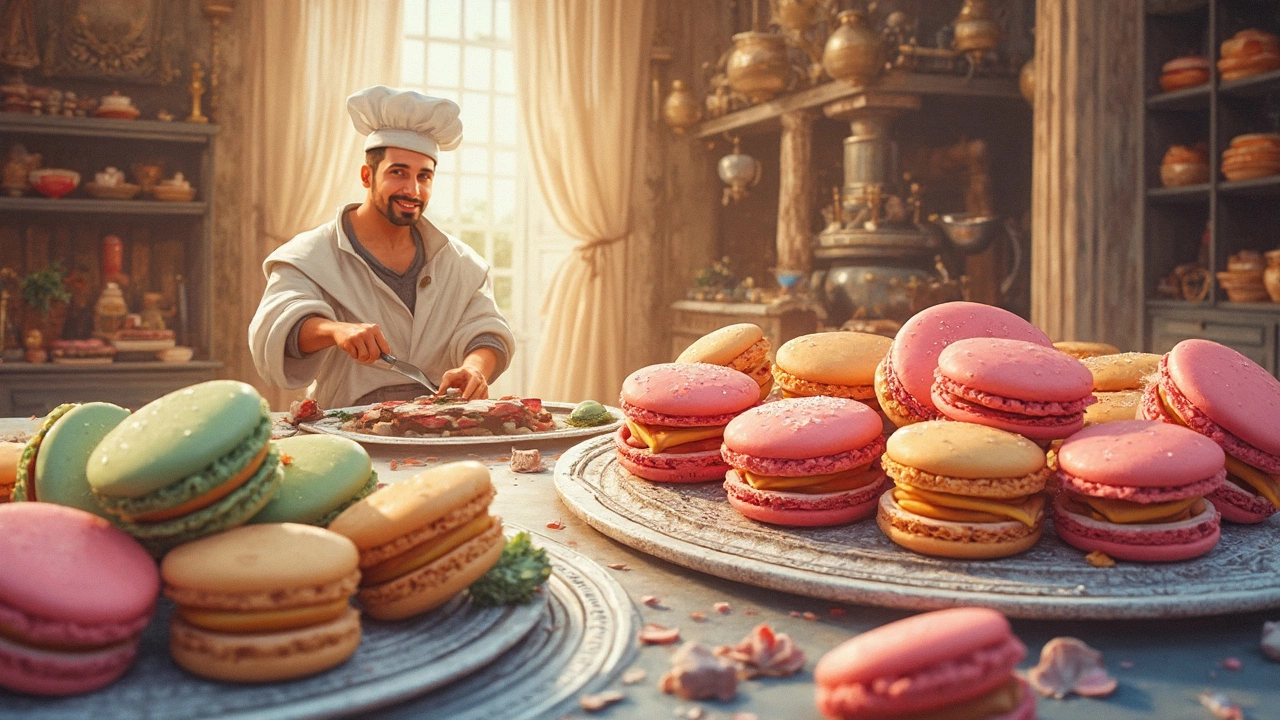
Who Invented Macarons? Unwrapping Their Surprising Past
Ever wondered where macarons really come from? This article busts the myth that they’re purely French and follows their wild journey from Italian kitchens to Parisian tea rooms. You’ll get the real story behind that signature chewy shell and creamy filling. Plus, find out what makes a macaron different from a simple cookie. Get tips on spotting a perfect macaron and making them at home. By the end, you’ll never look at these tiny treats the same way again.
View More
